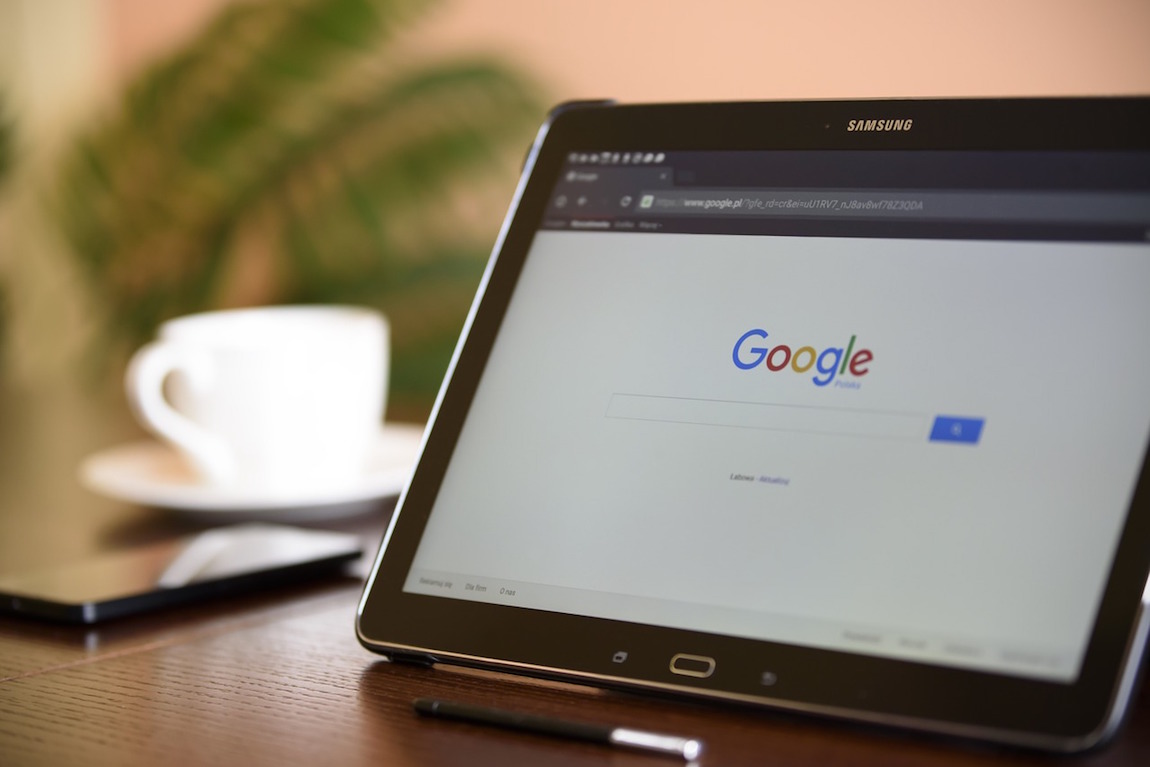B2B Monday Myth: SEM and SEO Are the Same Thing
by MGB2B
The Myth: SEM and SEO Are the Same Thing
The Truth: These Two Different Methods of Increasing Search Engine Visibility Work Hand-in-Hand
So you’ve created a great website. And you’ve filled it with pages of relevant information about your company, clean graphics, and insightful industry blog posts. You’re proud of your work; the website looks smart, and it’s relevant to your customers. Naturally, you’re going to want some eyes on this content. So what do you do next? How can your company break through all the internet clutter?
You’ve likely heard both the terms, “search engine marketing” and “search engine optimization.” The two phrases are definitely related, since they both have the same goal in mind: increasing your visibility and bringing more users to your site. But there is a common misconception that these two terms are interchangeable, which is not true at all. They typically refer to two entirely different tactics. By identifying the differences between them, you’ll be able to properly employ these two methods to your website.
What Is Search Engine Marketing?
SEM was once used primarily as an overarching term for increasing website visibility. But when people use the phrase today, they are most often referring to the practice of Paid Search. Paid Search is when you use paid advertisements that appear on search engine result pages. Google AdWords is the most popular paid search platform. It allows you to pay only when a user clicks on an ad to visit your website.
How Exactly Does Paid Search Work?
When a user is searching on a platform like Google, there are certain keywords that they are going to enter if they are looking for a specific product or service. This gives you the opportunity to place your ads alongside the organic results that pop up when your prospects type in relevant keywords. Those attractive links that come up at the very top of your search results? Those are being paid for by the people who really want you to see them.
These ads are also known by the term pay-per-click ads. They are usually small, text-based ads that drive users to specific landing pages.
What Is the Benefit of Paid Search?
Search Engine Marketing is valuable because it is a great lead generator. It gives you the opportunity to put ads right in front of users who are further into the sales funnel. These people are often ready to make a purchase. Paid Search is also highly measurable. If more prospects are coming to your site via certain keywords and not through others, you can stop paying for the keywords that don’t work and put more money into the ones that do, building efficiency over time.
What Is Search Engine Optimization?
While the important word when talking about search engine marketing is paid, the best word to describe Search Engine Optimization is organic. Simply put, it’s the free and natural way to maximize the number of visitors that come to your site. It involves writing, formatting, and fine-tuning the content of your site in a way that makes it the most user-friendly and compatible with Google searches.
What Does SEO Encompass?
Search Engine Optimization requires adjusting different elements of your site, both on the technical and creative side to improve its presence in search results. This could be anything from the language used to the way your site is structured, including how strong your keywords are and how they’re ordered. The secret? Optimize so that both users and search engines can understand easily. SEO also takes into account the way other sites link to you on the internet and how relevant a search engine deems you to be based on these connections.
SEO can be broken down into two categories: on-page activities and off-page. On-page includes elements like:
- The incorporation of keywords
- Clean and optimized blog posts and page copy
- Page load speed
- The integration of social sharing
- Titles, headings and meta descriptions
Off-page SEO includes elements like:
- Having other relevant sites link to yours
- Indications that your content is being shared on social sites
While SEO is free, you’ll likely want to hire someone or pay an outside agency with SEO expertise to help you implement these changes properly.
Which Should I Use – SEM or SEO?
Taking into account the differences between SEM and SEO, you should consider how they might help drive traffic to your website. Note that while Paid Search is the more immediate, gratifying way to boost your visibility, optimizing your website organically can be beneficial in different ways. Both require monitoring and fine-tuning to see what’s working best with your prospects.
As for the debate on which tactic is “better,” the answer is: none. Your best bet is to use a combination of the two. Talk to an expert on both topics to help you out, as you launch a Paid Search campaign and incorporate new SEO techniques into your site. Whichever you lean on more, SEM or SEO, understanding the difference between the two is already a step in the right direction. Both will ultimately help you toward your overarching goal of boosting traffic, and eventually converting prospects into new customers.
Continue ReadingRoads to Success: AdWords Device Bidding for B2B Marketing
by MGB2B

The hottest word in digital marketing is “mobile.” This is nothing new, of course. For years we’ve been seeing that mobile search traffic growth is increasing. As the screens we carry in our pockets become more and more integrated into our personal and professional lives, this trend will just continue. And now Google has made mobile content the first indicator for search rankings. This makes “mobile first” a necessity more than a suggestion. Now is the perfect time to start optimizing your B2B marketing efforts for searches across multiple devices.
Thankfully, Google AdWords now allows marketers to make device-based bidding choices on all three device categories: Desktop, Mobile devices with full browsers, and Tablets with full browsers. For years, we’ve had the ability to make bid adjustments for our mobile search traffic, but Desktop and Tablet bidding had always been grouped together. That’s no longer the case. Now we can set our base bid for any of the three devices, and then make bid percentage adjustments for the other two. This is a fantastic change to the AdWords bidding landscape — a leap forward for many B2B marketers, who for years have seen the differences in traffic performance from each of the device groups in their segmented data.
The Best Ways to Use Device Bidding for B2B Marketing
You can read about the “mobile first” traffic trend all day. But how searches from different devices affect your B2B marketing efforts can vary wildly depending on your industry. Luckily, you can find a wealth of data on how Desktop, Mobile, and Tablet traffic perform specifically for your business right in your Google AdWords reports. By segmenting your historical AdWords data by device, you can see where the majority of your clicks and impressions are coming from, and how they perform compared to one other.
For instance, you might find that while the majority of your paid search traffic still comes from desktop, the traffic that comes from mobile devices typically comes in at a better Position and Click-thru-rate/Conversion rate at a lower Cost-per-click. This would suggest you should increase your mobile bid to take advantage of this trend. Or, you might see that mobile and desktop searches make up the bulk of your traffic, but when searches come from tablets they perform far worse. From here you might decide to reduce your bid for tablets and allocate more of your budget to the higher-performing mobile and desktop searches. Whatever the data tells you, you now have the tools to make informed decisions.
While the trend towards “mobile first” is obvious and inevitable, at the end of the day, the device-bidding actions you take now should be based on what works best for your brand. When you combine these new tools with your deep insights into your markets, the possibilities are endless. Keep in mind that all the bidding adjustments you make might be in vain if you haven’t created a mobile-friendly version of your site. It’s also important that it loads quickly and is easy for customers to navigate across different screen sizes — a good reason to have a responsive design if you don’t already.
The routes customers take to reach your business are constantly evolving. Make sure your company is taking advantage of every available road to success.
Continue ReadingGoogle has Removed Right Hand Side Ads: The Impact on Search Engine Marketing for Manufacturers
by Vin DiGioia
In the latest in a string of continual enhancements and improvements to its search offering, Google has announced that it is doing away with its paid text ads that appear to the right of search results. The search giant will now only offer ad placements directly above and directly below the organic search results:
Continue Reading